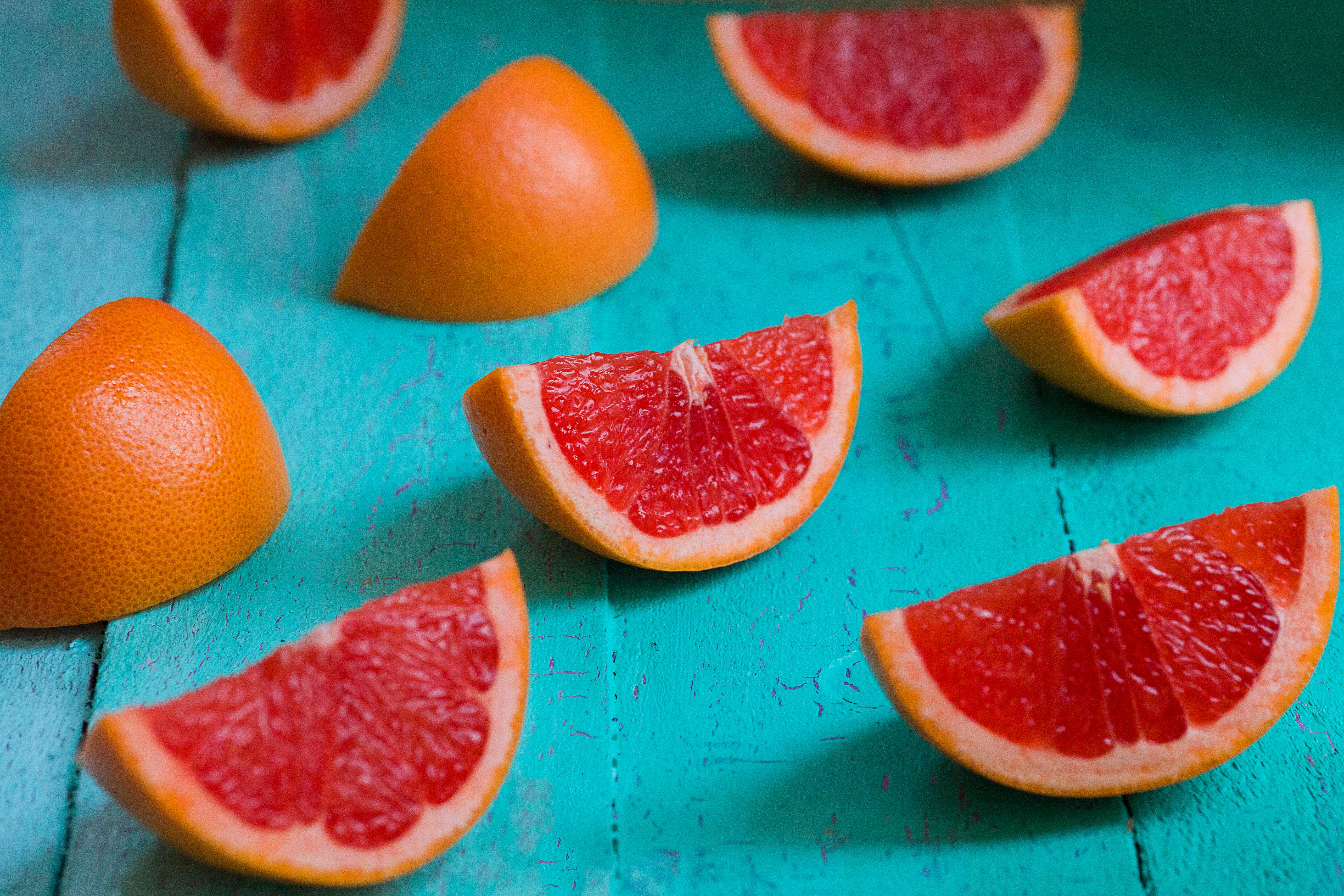
Pond Maintenance 101 – Keeping your pond clean and not green
Most people have poor quality water and extra algae in their water gardens for one main reason; they don’t do enough regular maintenance to prevent their pond from becoming a green mess. Ponds should be treated like aquariums and require weekly maintenance to be in their best condition. Most pond owners and contractors are taught to clean only once a year in the spring. The truth is that this is not enough. Imagine cleaning your aquarium at home just once a year. Your aquarium would look just as bad as your backyard pond. Your aquarium stays perfectly clean and clear because you do weekly cleanings to remove excess fish waste and nutrients that would otherwise lead to heavy algae growth and poor water quality. Your pond needs the same amount of attention to look its best.
Follow my instructions below and never have poor quality water again.
#1 Go into your pond and vacuum up your pond gravel with an aquarium vacuum that you can buy at any pet store once a week. This will remove a lot of fish waste that would normally collect on the bottom of your pond and cause algae problems. Doing this will also change about 1/4 of the volume of water in your pond each week. If you can’t find an aquarium vacuum, be sure to do weekly 1/4 water changes with a pond pump. Also find a stiff type of scrub brush to scrub the rocks or sides of your pond. This will also keep algae growth to a minimum. This whole process only takes about 1/1/2 hour to complete once a week. Doing this weekly maintenance never allows fish waste to build up in your pond, therefore keeping your pond clean and not green.
#2 Keep the number of fish in your pond to a minimum, the fewer fish you have in your pond, the less waste you have providing nutrition to algae growth. This will make it easier to keep the pond clean. Do not feed your fish more than once a day, this will keep fish waste to a minimum by improving water quality. You should fill your pond with goldfish, shubunkins, kites, etc… They have a maximum size of only 12 inches. Its smaller size makes it easier to maintain a healthy water garden. you do a complete cleaning in your pond. The biggest problem with most customers’ ponds is that they have too many fish. Your pond’s filtration determines how many fish you can hold, not the size of your pond. The average waterfall filter sold in the industry today is designed for a very small fish load. What I mean by small is 4 or 5 goldfish, shubunkins, or it comes in a maximum size of 12″ inches without koi.
Koi become too large for most backyard water gardens reaching an adult size of 36″ inches. It’s sad, but many koi are forced to live out their lives in narrow, filtered ponds that stunt their growth and reduce their life expectancy Big fish also means big waste Koi can quickly turn a water garden into a green mess in record time Koi require big ponds with perfect filtration to be at their best We use big bead filters together with a waterfall filter when we build koi ponds.You should also clean your waterfall filter once a month like an aquarium filter, not once a year.
#3 Remove all leaves and spent lotus and lily flowers from your water garden. They will rot and have to be broken down by bacteria. Which will contribute to algae growth if not removed from your pond. Net your pond in the fall, and do a thorough pond cleanup in the spring. Drain all the water, pressure wash the pond and stream, and clean all the filters.
#4 Plant your pond with plenty of aquatic plants if you are planning a water garden with a minimal load of fish, shubunkins, kites, etc…up to 60% of your pond surface should be covered with pond plants. Plants provide shade and shelter for your fish, which prevents algae growth, they also consume phosphorus, the main nutrient in pond water that causes algae growth. Thus helping to keep your pond clean and not green.